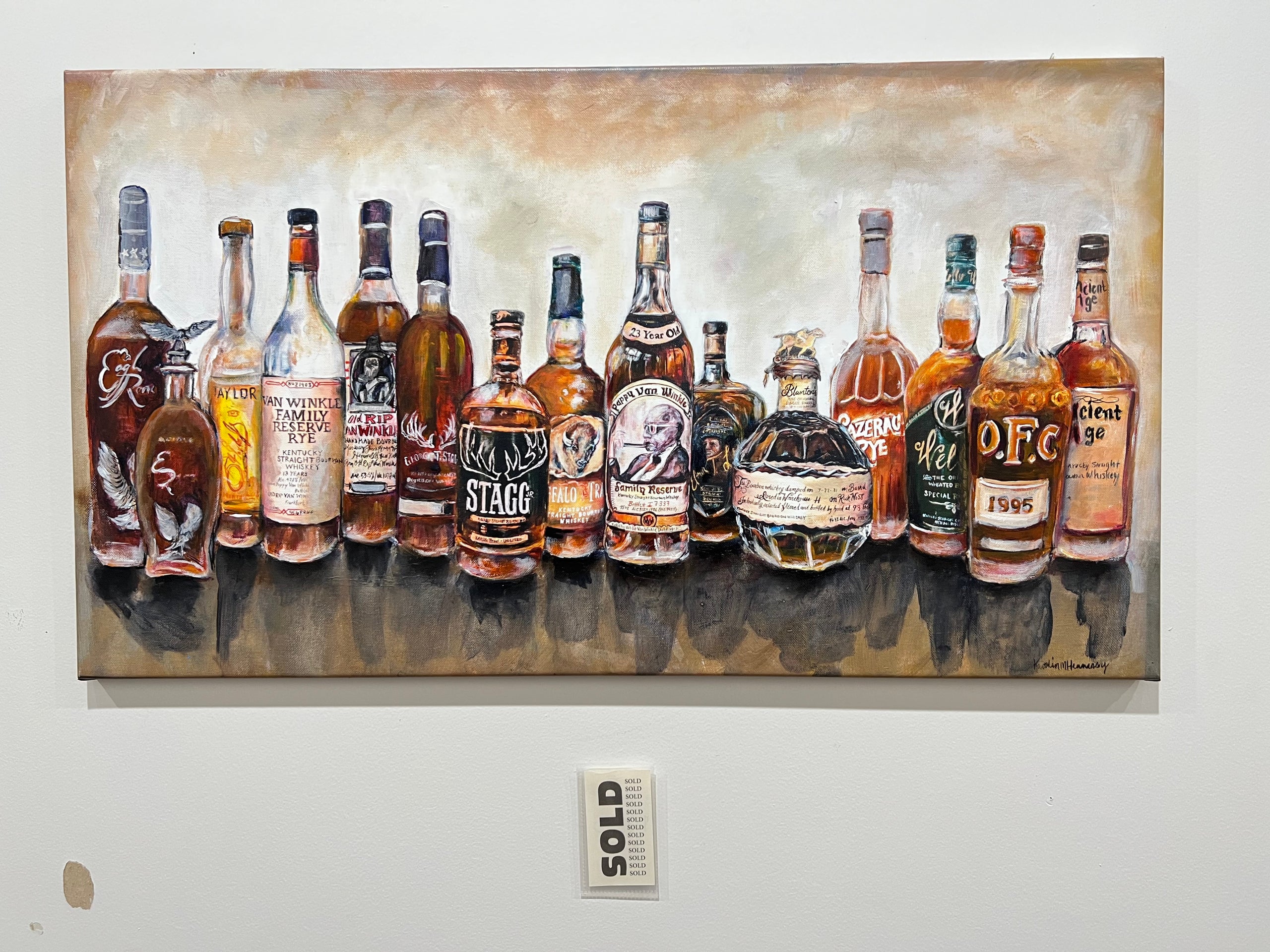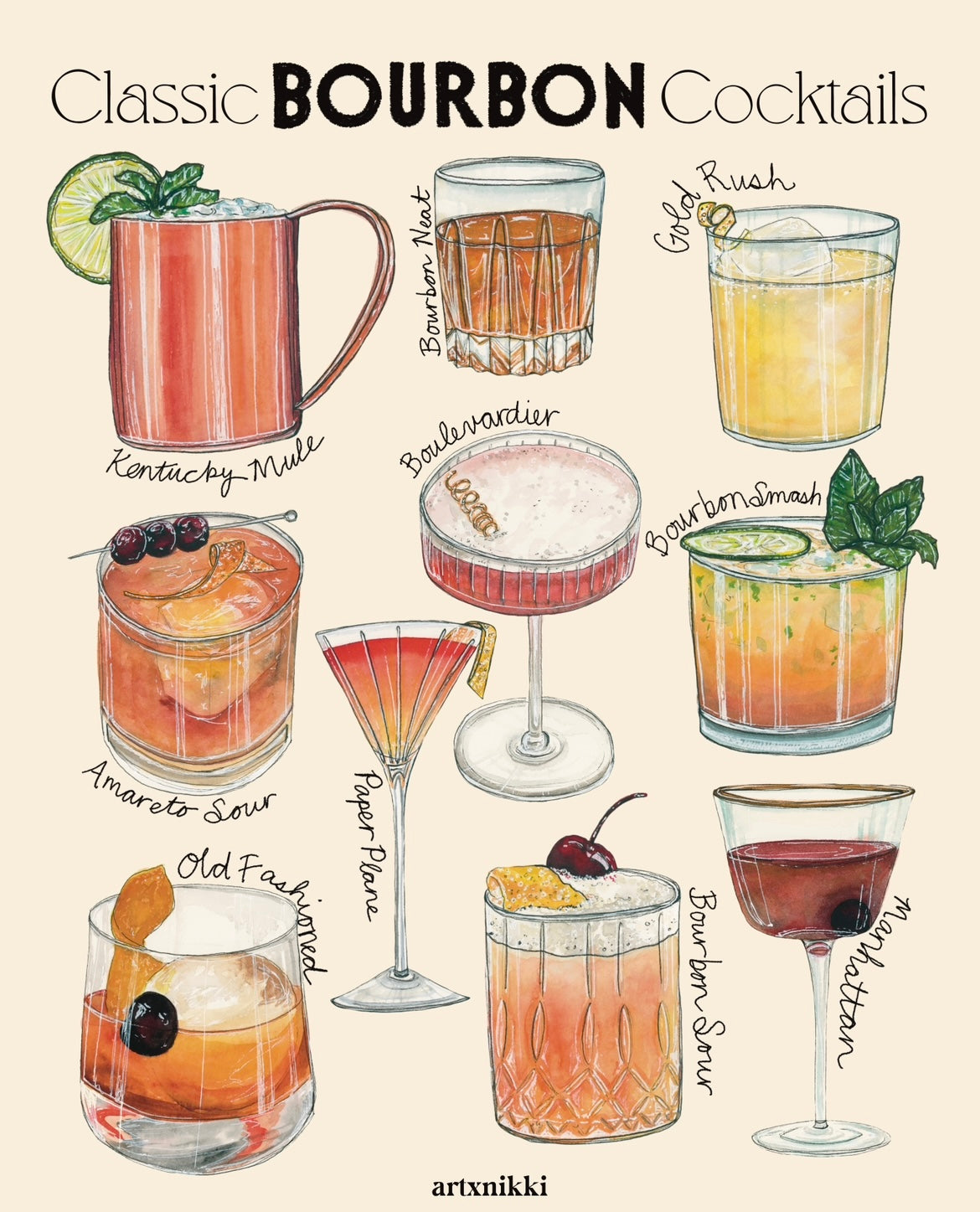Introducing the Beauty of Bourbon Art: A Tribute to Craft Distillers
Introducing the Beauty of Bourbon Art: A Tribute to Craft Distillers
Blog Article
Recording the Significance of Whiskey Art With Unique Visual Depictions and Styles
The art of scotch expands beyond the liquid itself, materializing through a range of aesthetic depictions that encapsulate its storied heritage and workmanship. What remains to be discovered is just how these evolving styles reflect not just the scotch itself yet likewise the altering landscape of imaginative analysis. Realism Art.
The Background of Scotch Art

As whiskey manufacturing spread, so also did the need to raise its experience via art. From the intricate engravings on early casks to the sophisticated tags of modern containers, each aspect mirrors a distinct artistic vision, offering as a visual narrative of the scotch's heritage.
In the 18th and 19th centuries, the rise of the industrial transformation better boosted scotch art, resulting in cutting-edge product packaging and marketing that captured customer focus. Artists and developers started trying out visual appeals, imbuing whiskey-related imagery with symbolic meanings that conveyed notions of custom, neighborhood, and workmanship.
Today, scotch art remains to progress, blending traditional approaches with modern art kinds. Bourbon Art. This ongoing dialogue between the spirit and its graph underscores the enduring bond in between whiskey and culture, improving the overall experience for lovers worldwide
Iconic Container Layouts
While numerous elements contribute to the attraction of bourbon, famous container designs play a pivotal role in shaping customer assumption and enhancing the total experience. The visual presentation of bourbon bottles is not just an aesthetic factor to consider; it functions as a bridge in between the customer and the item, stimulating emotions and establishing expectations.
Distinct shapes, products, and closures can elevate a bourbon brand name's identification, making it promptly identifiable on jampacked racks. As an example, the timeless Glenfiddich bottle, with its elegant conical shape, communicates a sense of tradition and craftsmanship, while the strong, contemporary layout of the Balvenie bottle shows technology and class. Furthermore, the usage of tinted glass or special appearances can suggest the high quality and character of the whiskey within.
Renowned designs frequently integrate elements of social heritage, signifying the brand name's history and link to its roots. Brand Names like Jack Daniel's make use of an uncomplicated, durable style that resonates with its American whiskey heritage. Inevitably, the effect of bottle design expands past plain capability; it encapsulates the significance of the brand name, inviting consumers to explore and delight in the rich tapestry of whiskey society.
Label Art Work and Branding
Bottle layouts typically set the stage for what customers can expect, yet tag art work and branding play an equally substantial function in communicating a bourbon's identity. The label works as the initial factor of call between the item and the customer, enveloping the essence of the whiskey within its visual components.
Reliable label art work combines typography, imagery, and color to produce a story that resonates with the brand name's heritage and target market. For circumstances, a tag featuring complex illustrations and classic font styles may stimulate a feeling of tradition and workmanship, appealing to connoisseurs. In comparison, strong colors and modern layout components could draw in a more youthful market looking for innovation and enjoyment.


Photography and Visual Storytelling
Catching the essence of scotch via photography and visual narration is an art kind that boosts the brand name experience. This tool goes beyond plain product representation, delving into the complex stories that border each bottle. By employing compelling imagery, professional photographers can stimulate feelings that reverberate with customers, ultimately forging a browse around this site deeper connection to the whiskey brand.
Visual storytelling in whiskey photography commonly makes use of abundant appearances, lights, and make-up to highlight the one-of-a-kind characteristics of the spirit. The interplay of light and shadow can accentuate the brownish-yellow hues of whiskey, while the selection of history components-- such as rustic barrels or classy glass wares-- can enhance the brand name's heritage or way of life associations.
Additionally, catching the ritualistic aspects of whiskey intake, from the putting to the sampling, invites audiences into a sensory experience, allowing them to imagine the tastes and scents that await. Each photograph not just showcases the item however also narrates of workmanship, custom, and navigate to this site the moments that bourbon can improve - Whiskey Art. Thus, digital photography ends up being a powerful tool in expressing the identity of whiskey brand names, positioning them within the broader social landscape
Emerging Fads in Scotch Art
The development of whiskey art is significantly shaped by modern patterns that reflect more comprehensive societal changes and consumer choices. One famous trend is the assimilation of sustainability right into art techniques. Artists are now making use of environment-friendly processes and recycled products to create whiskey-themed items, resonating with eco mindful customers. This shift not just highlights the significance of sustainability yet likewise boosts the narrative bordering whiskey production.
In addition, digital art has risen in appeal, enabling ingenious depictions of whiskey. Artists are leveraging modern technology to craft immersive experiences, such as augmented reality setups that involve visitors and offer a much deeper understanding of bourbon's social importance. This pattern additionally extends to social networks systems, where aesthetically striking web content garners attention and promotes neighborhood amongst fanatics.
Furthermore, collaborations between scotch brands and musicians are ending up being extra commonplace. These partnerships yield limited-edition packaging designs and exclusive artworks that celebrate both the craftsmanship of whiskey and the imagination of artists. As whiskey art remains to develop, these emerging trends will unquestionably form its future, promoting a dynamic crossway of culture, sustainability, and technology within the whiskey community.
Conclusion
To conclude, the art of whiskey encompasses a diverse variety of visual depictions that mirror its abundant heritage and craftsmanship. From famous bottle layouts and complex tag artwork to engaging digital photography, each element contributes to a wider narrative that enhances the consumer's experience. As arising patterns, such as digital art and sustainability, remain to form this creative landscape, this article the diverse identity of bourbon stays a withstanding source of social connection and exploration.

In final thought, the art of scotch encompasses a diverse array of aesthetic depictions that show its rich heritage and craftsmanship.
Report this page